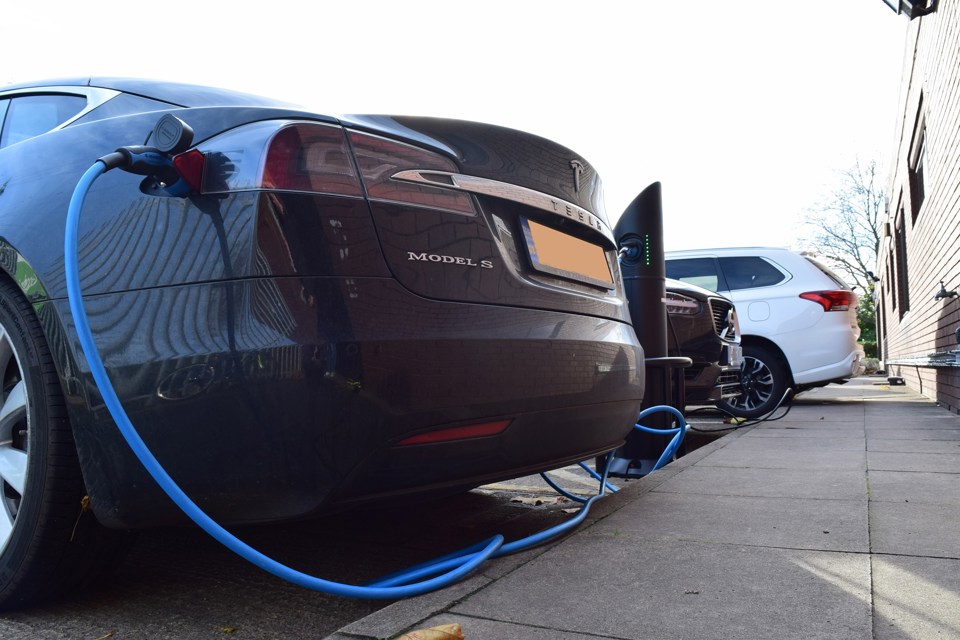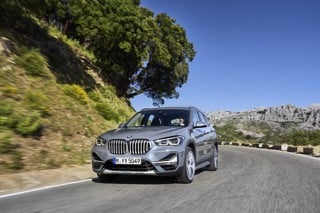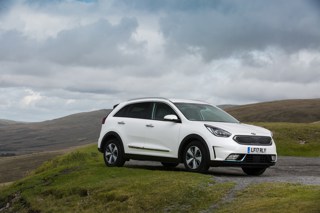Fleets will discover the future of the plug-in car and van grant in the autumn, when the chancellor publishes the spending review.
That was the message from the Office for Low Emission Vehicles (OLEV), which said that 200,000-plus ultra-low emission vehicles (ULEVs) have been funded through the scheme since its launch in 2011.
OLEV deputy head Phil Killingley acknowledged that incentives will be of continued importance beyond 2020, but stressed “the detail is still being talked through”.
He also told delegates at the annual conference of the ICFM that grants would continue to be cut as uptake increases.
The Government announced in October 2018 that the plug-in car grant would be reduced by £1,000 and no longer apply to hybrid cars with a range of less than 70 zero-emission miles, from November 9, 2018.
However, the Department for Transport (DfT) implemented the lower rate for the plug-in car grant early after “exceptional demand” prior to the deadline. It said at the time the changes to funding would “support purchasing the next 35,000 of the cleanest vehicles”.
There were 20,732 plug-in grant claims from October 2018 to April 2019, the last two quarters available.
However, since the Government implemented the change to hybrid funding, hybrid registrations have fallen by a fifth year-to-date.
The Society of Motor Manufacturers and Traders (SMMT) says this is evidence of the consequences of prematurely removing upfront buying incentives before the market was ready.
The Government has promised to end the sale of new conventional petrol and diesel cars and vans by 2040.
By 2030 – fewer than three fleet replacement cycles on average – it expects 50-70% of new car sales to be ULEVs and up to 40% of vans.
However, with just 2.6% of cars registered in 2018 being ultra-low emission and only 0.5% of vans, Killingley admitted: “There is an awfully long way to go to drive down emissions.”
Killingley also says that the Treasury recognises the uncertainty for fleets around future benefit-in-kind (BIK) tax rates and “wants to get an announcement out as soon as possible”.
“I’m hoping there will be clarity very soon,” he said.
Company car tax rates have only been published until 2020/21, meaning fleet decision-makers and drivers do not know how much tax they will pay for the full operating cycle of a vehicle, typically around four years.
Furthermore, with fleets facing an increase in emissions values of up to 30%, thanks to a new emissions testing regime, the Worldwide harmonised Light vehicles Test Procedure (WLTP), they are waiting for the Government’s response to a consultation on BIK. The new CO2 values will start to be used for tax purposes on cars registered from April 6, 2020.
Any changes to BIK would need to be included in the Finance Bill, which is expected to be published in the next few weeks, and prior to Parliament summer recess starting on July 20.























Login to comment
Comments
No comments have been made yet.